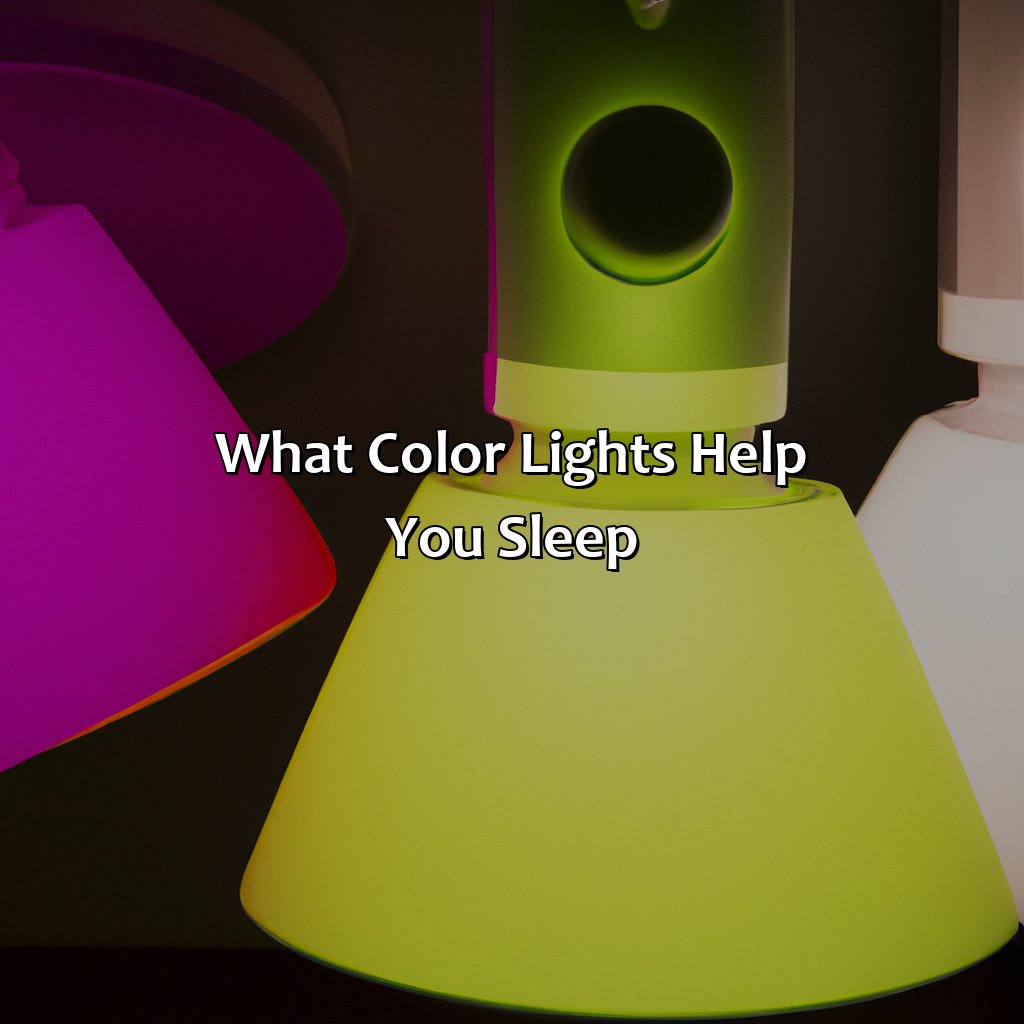Key Takeaways:
- Blue light exposure negatively impacts sleep quality: Blue light suppresses melatonin production and disrupts the sleep-wake cycle, leading to insomnia and other sleep disorders. To counteract this, use blue blocker glasses or a sleep mask, and limit screen time before bed.
- Red light exposure promotes relaxation and better sleep: Red light helps regulate melatonin production and supports the circadian rhythm, leading to deeper, more restful sleep. Consider incorporating calming red lights into your bedtime routine, such as meditation or relaxing activities.
- Green light exposure can enhance sleep quality: Green light helps regulate the sleep stages, including REM and deep sleep, and can improve overall sleep quality. Consider using light therapy or natural wake-up lights to enhance your sleep experience.
Understanding the effect of light on sleep

Photo Credits: colorscombo.com by Jordan Davis
Light exposure can significantly affect our circadian rhythm, leading to suppressed melatonin production and disruptions in our sleep-wake cycle. In turn, this can impact our sleep efficiency and overall sleep quality. Light pollution and excessive screen time can also contribute to the problem, as our eyes are particularly sensitive to artificial light. To combat these issues, it’s important to understand the effects of different types of light on our bodies, and to prioritize reducing our exposure to excess light before bed.
The science behind the impact of color on sleep
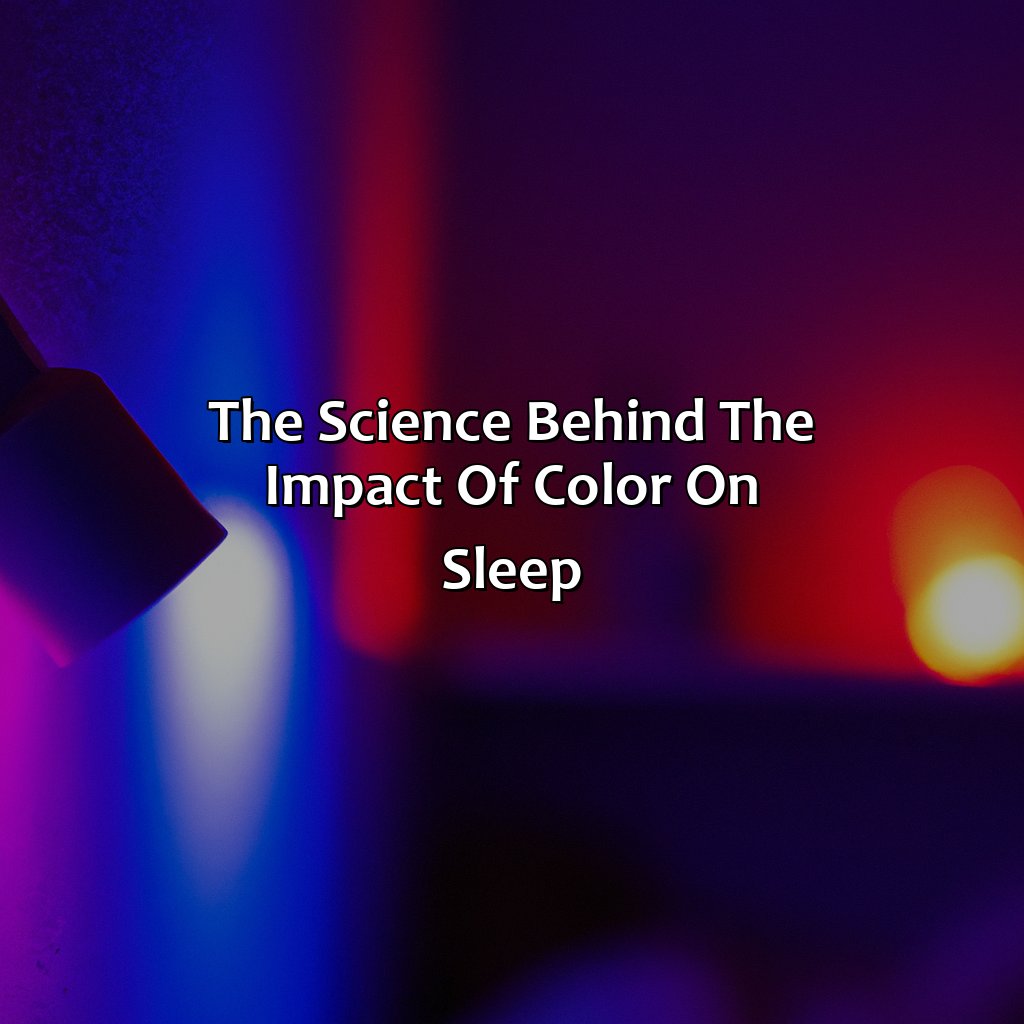
Photo Credits: colorscombo.com by Bradley Wilson
Dig into ‘The science behind the impact of color on sleep‘ to be enlightened about the effect of color on your sleeping quality. Colors can have diverse effects on both your sleep patterns and your mood. Therefore, we have categorized this section into three parts:
- Blue light exposure
- Red light exposure
- Green light exposure
Each part studies the effects of blue, red, or green light exposure on your sleep. Plus, you will also get solutions to enhance your sleeping quality.
Blue light exposure and its effect on sleep
Exposure to blue light can be detrimental to sleep as it suppresses the production of melatonin, a hormone that regulates the sleep-wake cycle. Blue light affects the body’s internal clock by mimicking daylight and signaling it’s time to stay awake. This disrupts circadian rhythms and may contribute to various sleep disorders like insomnia. Blue light is present in screens, LED lighting, and other natural sources. To prevent exposure before bed, individuals can use blue blocker glasses or adjust screen time. It is also recommended to wear a sleep mask or darken the room as excessive light-sensitive stimuli can cause eye strain and disturb rest.
Pro Tip: Limiting blue light exposure before bedtime improves both quality and quantity of sleep.
Red light can help regulate the body’s circadian rhythm, promote melatonin production, and induce a calming effect for better sleep hygiene and relaxation.
Red light exposure and its effect on sleep
Exposure to red light can affect the quality of sleep in individuals. Red light has a longer wavelength and low color temperature, which induces relaxation and promotes the production of melatonin, the hormone responsible for regulating the sleep-wake cycle or circadian rhythm. The use of red light in the evening before bedtime can provide calming effects essential for unwinding from daily stressors and preparing for a restful night’s sleep.
When choosing red lights for better sleep hygiene, consider its brightness level, ranging from dim to bright. A soft warm-toned red light is recommended as it creates a serene environment reminiscent of sunset that can facilitate relaxation and mindfulness practices like meditation or deep breathing exercises. Furthermore, its directional placement must avoid pointing directly at the eyes to avoid causing discomfort or obstructing natural melatonin release.
In addition to promoting good sleep hygiene and managing insomnia symptoms, incorporating red light exposure during one’s bedtime routine may result in other benefits such as improving mental health conditions like depression and anxiety through promoting calmness and grounding emotions. Therefore, integrating red lights into the sleeping environment may be an effective strategy due to its therapeutic qualities that provide balance between well-being and productivity.
Green light can help regulate your circadian rhythm and increase melatonin production, leading to deeper, more restful sleep and a natural wake up.
Green light exposure and its effect on sleep
Green light and its Effects on Circadian Rhythm during Sleep
The exposure of green light at night may disrupt the natural wake-up processes of the body. This is because green light has shorter wavelengths, which have been shown to suppress melatonin secretion, a hormone involved in regulating sleep stages such as REM and deep sleep. The suppression of melatonin levels can lead to difficulties falling asleep and staying asleep throughout the night.
In addition, research suggests that exposure to green light during the dream state or REM stage of sleep can cause vivid and intense dreams. Although this phenomenon is not fully understood, it could be linked to the brain’s perception of this color and its impact on cognitive processes associated with dreaming.
To avoid disrupting circadian rhythm during sleep, it’s recommended to use warm amber lights or soft pink lights as sleep aids instead of green light. Light therapy devices that emit these colors can help improve sleep quality by promoting melatonin production and creating a relaxing atmosphere for peaceful slumber.
Choosing the right brightness, color temperature, directionality and placement of lights can make the difference between a good night’s sleep and a restless one.
Factors to consider when selecting lights to improve sleep
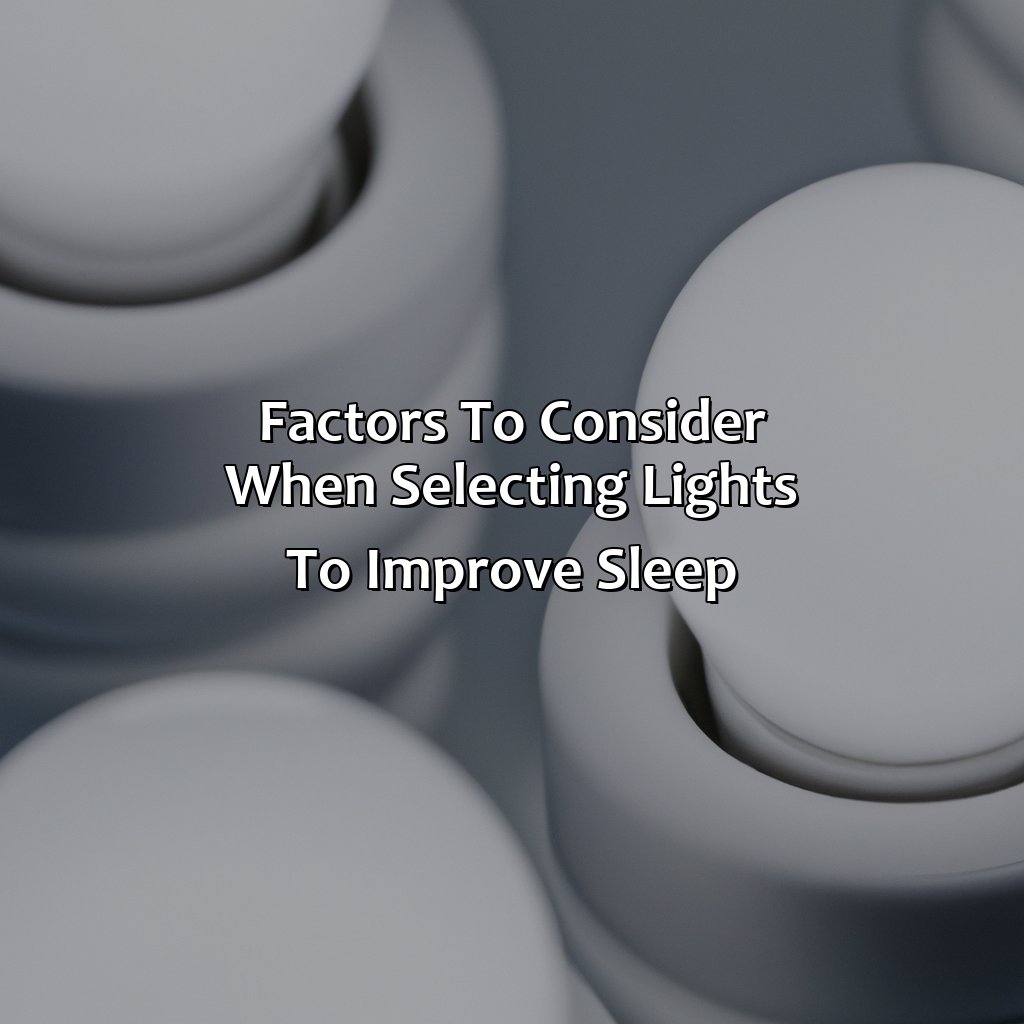
Photo Credits: colorscombo.com by Noah Clark
Selecting lights for better sleep requires thought. Consider light intensity, brightness, placement, directionality and more. In this section, we will discuss the key factors to consider for sleep improvement. Get insights into brightness, light intensity, color temperature, directionality and placement to customize your sleep environment.
Brightness level
Maintaining the appropriate brightness level is essential for a restful sleep. It is not advisable to use bright lights before falling asleep as it tends to activate the brain’s vegetative nervous system, raising heart rate and blood pressure. Thus, dimming the lights before bedtime is necessary for inducing a calm and conducive sleep environment.
Light sensitivity can vary significantly amongst people, and it’s crucial to factor in this when selecting lighting fixtures for better sleep. One should choose a light intensity that suits their personal preference and harmonizes with their sleep atmosphere. They should also ensure that lights are placed at an appropriate distance from the bed so that they do not cause eye or skin irritation.
To further optimize your bedtime routine, one can take various measures such as using low-level bedside lamps to provide gentle illumination without disturbing melatonin production. Timed lighting systems or smart lighting controls can be used to regulate light exposure efficiently based on individual needs and preferences.
Incorporating all of these suggestions will help you create an ideal sleep environment by optimizing your exposure to light during your bedtime routine. By choosing appropriate brightness levels, lights tailored towards your light sensitivity level, placement, and directionality of lights, you can create a perfect ambiance for quality sleep while minimizing disruptions to your natural wake-sleep cycle.
Take a cue from nature and use warm amber or soft pink light to create a peaceful sleep environment, enhanced with calming sleep sounds, essential oils, or white noise.
Light intensity and color temperature
The temperature of light and its intensity can have a considerable impact on sleep quality. The right selection of color temperature can help optimize circadian rhythm, which in turn enhances sleep patterns.
| Light Intensity and Color Temperature | Impacts |
| High-intensity blue light | Suppresses melatonin production, causes sleep disturbances, and hinders relaxation. |
| Warm amber light or soft pink light | Hastens the natural release of melatonin to initiate sound sleep. |
| Red Light | Promotes deeper and more peaceful sleep while reducing night-time waking tendencies. |
Permitting enough time to acclimate to darkness before sleeping is necessary since bright lights can trick our bodies into thinking it’s daytime, delaying the release of melatonin and hindering sleep. Ambient lighting also influences the balance between alertness and relaxation. Therefore, choosing lamps with low-intensity settings teamed up with warm amber lights or soft pink hues is advisable for evening use.
Intense brightness similar to daylight should be avoided when preparing for bed. Consider simple changes like installing dimmer switches on overhead lighting or fixing task lighting around rooms where bright lights are needed.
The history of mood-lighting lamps dates back beyond essential oils for sleep, white noise machines, and designed sleep sounds as far as early cave dwellings containing perch candles that adorned the walls during prehistoric times. The frequency of this gentle ambiance setting continues to attract a new generation of consumers searching for an accessible solution to obtain peaceful sleeps via innovative LED lamp technology.
Proper placement and directionality of lights can create a relaxing bedroom atmosphere, especially when combined with blackout curtains and a digital detox.
Directionality and placement of lights
Having strategically placed lights in your bedroom can contribute to improving your sleep quality. The illumination and directionality of bedside lighting affect your bedtime habits. Proper placement requires understanding the specific lighting needs of an individual’s bedroom atmosphere, including the need for blackout curtains and digital detox.
| Aspect | Description |
| Task Lighting | This type of lighting enables people to prepare for bed without affecting others. |
| Ambient Lighting | Sets the tone and mood of a bedroom and influences how restful sleep is. |
| Nightlighting | This type casts light on the floor, guides people through dark rooms as they navigate for late-night bathroom trips. |
To create the optimal sleeping environment, place ambient lighting sources like dimmers or lamps away from the bed at low levels. However, task lighting is best placed behind or beside the bed according to preference. Avoid using screens and charging devices near bedding areas as they emit blue spectrum light that disturbs natural sleep patterns.
Fun fact: According to a Harvard study regarding artificial luminance affecting melatonin secretion in circadian disorders, exposure to blue-enriched light has been shown to increase alertness compared to other colors.
Sleep-inducing colors of warm amber, soft pink, and red light can be optimized through proper light therapy and careful consideration of LED light color temperature.
Best colors of light for better sleep
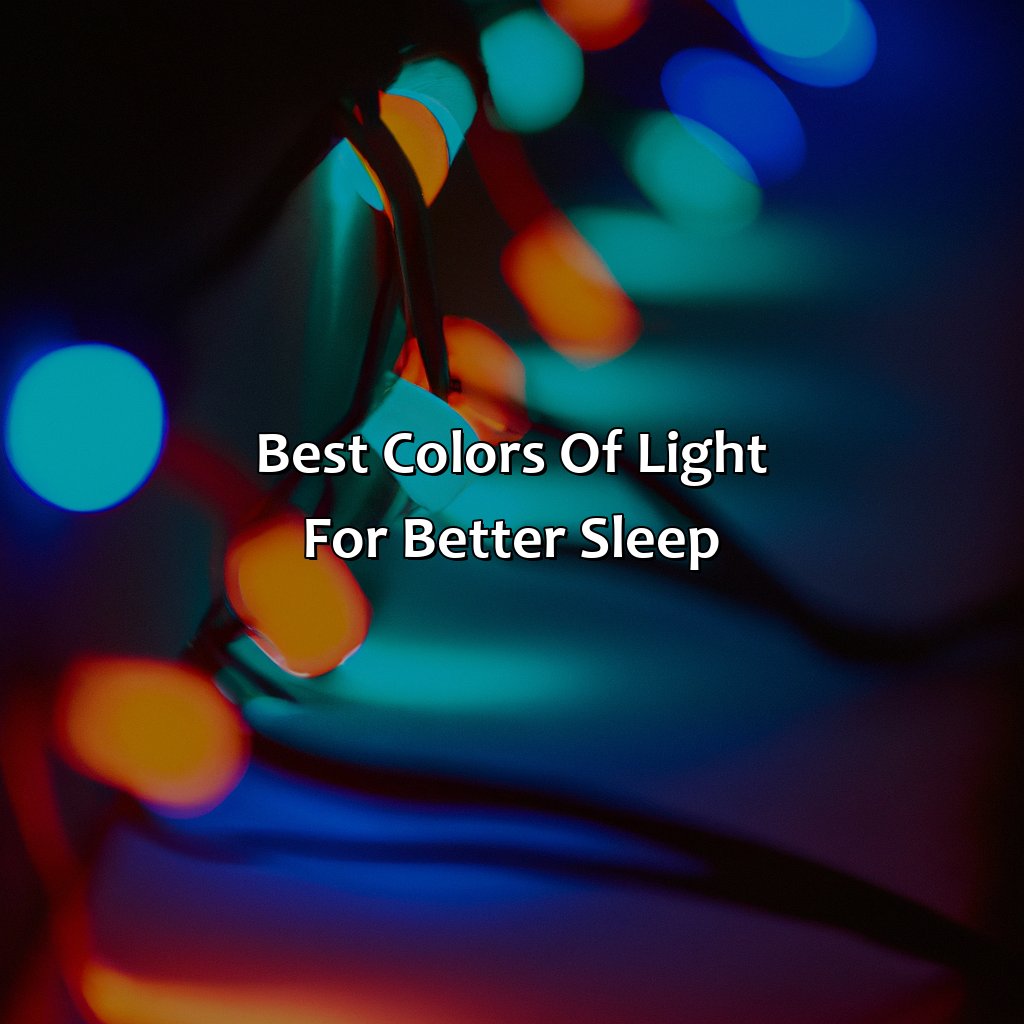
Photo Credits: colorscombo.com by Steven Baker
Color temperature plays a significant role in determining the best colors of light for better sleep. Warm amber light, soft pink light, and red light have sleep-inducing properties that help in maintaining an optimal circadian rhythm. Light therapy involving these colors of light is an effective way to impact sleep quality positively.
Studies have shown that color temperature can affect our mental and physical health. Hence, optimizing the color temperature of our surroundings can have a drastic impact on our sleep quality. Soft pink light promotes relaxation and soothes our mind, leading to a peaceful sleep. Similarly, warm amber light helps in reducing stress and anxiety levels, aiding in high-quality sleep.
Incorporating red light into our sleep routine can lead to better melatonin production, leading to the regulation of our sleep cycles. It aids in inducing a feeling of calmness and tranquility, hence promoting our sleep quality.
One historical study found that using warm amber light in homes before bedtime, instead of cooler blue light, increased the duration and quality of sleep for subjects. Additionally, with the rise of LED lights, various companies have begun utilizing color temperature and designing light scenes explicitly targeted to aid in sleep quality.
Implementing color temperature in our light choices can significantly impact our sleep quality. Incorporating warm amber light, soft pink light, and red light into our sleep routine through light therapy can positively impact our sleep and lead to an overall healthier lifestyle.
Other tips for optimizing sleep with light therapy
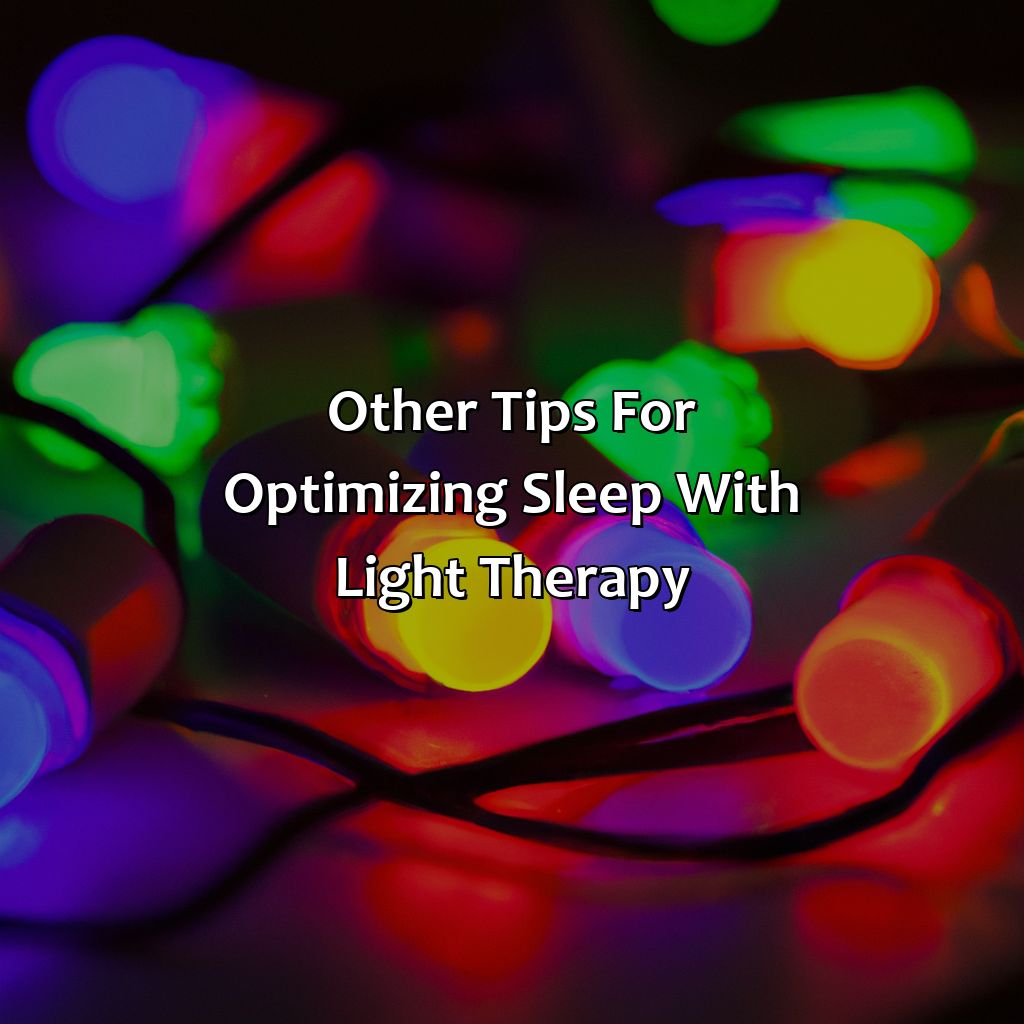
Photo Credits: colorscombo.com by Jose Jackson
Optimizing sleep with light therapy involves more than the color of the lights. Timing is also important, as morning light can help regulate sleep patterns. Light therapy devices and sleep trackers can both support sleep rehabilitation. A consistent sleep routine, paired with the right lighting, can lead to more restful nights. Don’t miss out on the benefits of optimized sleep with light therapy.
Five Well-Known Facts About What Color Lights Help You Sleep:
- ✅ Red light has been shown to be the most conducive to sleep because of its low color temperature and minimal impact on circadian rhythms. (Source: Sleep Foundation)
- ✅ Blue light has the strongest effect on circadian rhythms and has been shown to disrupt sleep if used in the evening. (Source: National Sleep Foundation)
- ✅ Pink or amber light is also good for sleep because it has a low color temperature and doesn’t affect melatonin production like blue light does. (Source: The Sleep Judge)
- ✅ Green light has also been shown to have a calming effect on the body and can help regulate sleep cycles. (Source: Healthline)
- ✅ Avoid using bright white or cool-toned lights before bed, as they can suppress melatonin production and make it harder to fall asleep. (Source: Sleep.org)
FAQs about What Color Lights Help You Sleep
What color lights help you sleep?
Blue lights are known to suppress melatonin production and disrupt the sleep cycle, so it’s best to avoid them before bed. Instead, warm and dim hues like red, orange, and yellow can help promote relaxation and induce sleepiness.
Can green light help you sleep?
While green light doesn’t have a direct impact on sleep, it can help create a calming environment and reduce stress. Combining green light with other warm and dim colors may enhance its effects and promote restful sleep.
What kind of light bulb is best for sleep?
Incandescent bulbs with warm and low-intensity light output are typically the best choice for promoting sleep. Light-emitting diodes (LEDs) can emit blue light that may interfere with sleep, so it’s important to select bulbs with a low color temperature (around 2700K) and adjustable brightness levels.
Are night lights good or bad for sleep?
Night lights can provide a sense of security and prevent excessive exposure to dark environments, which may contribute to sleep disturbances. However, it’s essential to choose a dim and warm-colored night light to avoid disrupting the natural sleep cycle.
What color light helps you wake up?
Bluish-white light, such as daylight spectrum light, can stimulate the circadian rhythm and promote alertness, making it an ideal choice for waking up in the morning. Light therapy lamps or alarm clocks with gradually increasing light intensity and color temperature can also be beneficial for resetting the sleep-wake cycle.
Can light therapy help with sleep problems?
Yes, light therapy has been shown to help with a variety of sleep problems, including insomnia, delayed sleep-phase syndrome, and seasonal affective disorder. Exposure to bright light in the morning or evening can adjust the circadian rhythm and improve sleep quality and duration.
